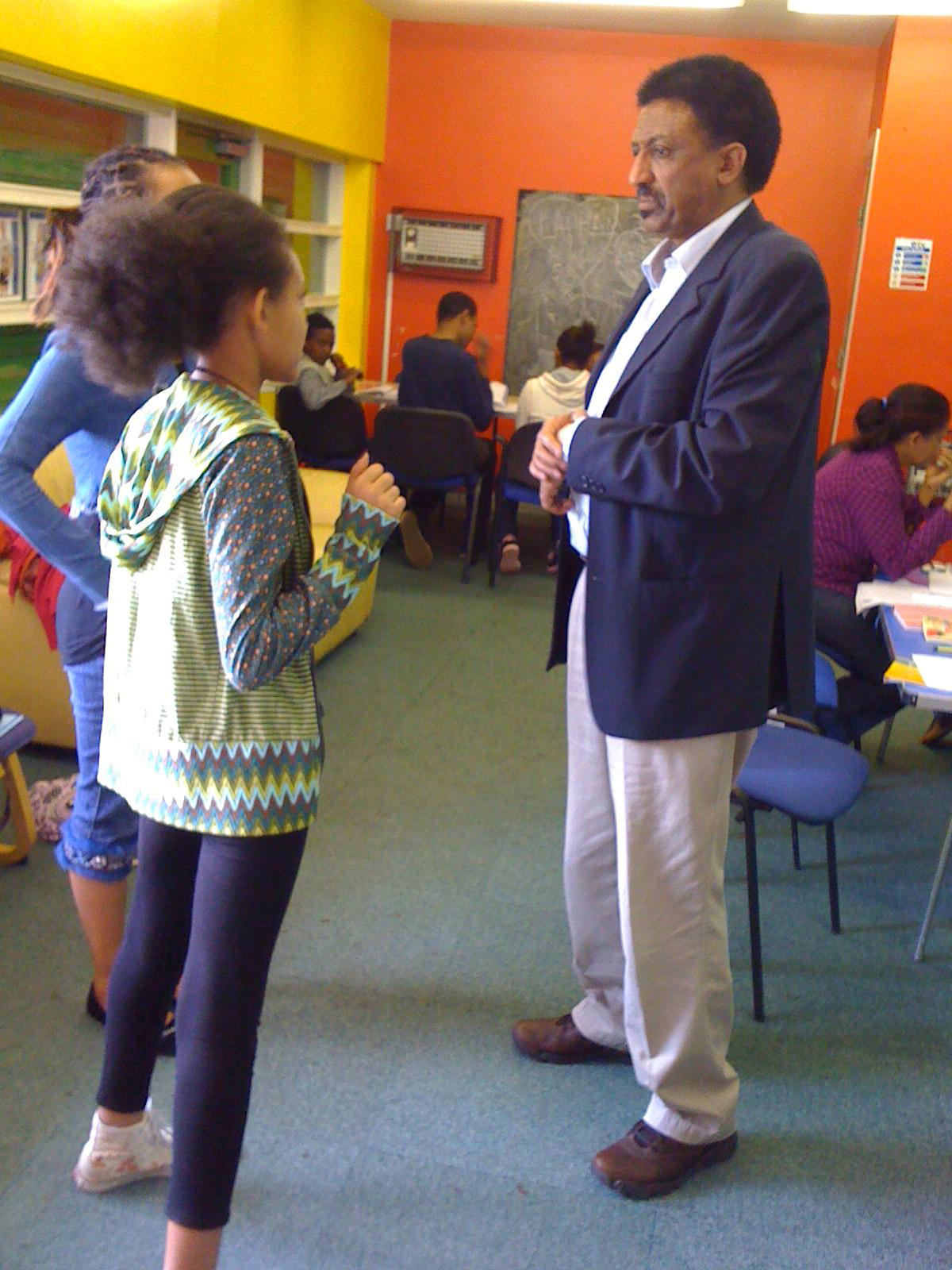 To celebrate the launch of Project fourth edition, Goodith White, author of Listening from the Resource Books for Teachers series looks at practical ways to practice listening with upper primary students.
To celebrate the launch of Project fourth edition, Goodith White, author of Listening from the Resource Books for Teachers series looks at practical ways to practice listening with upper primary students.
I had two interesting encounters yesterday; one good, one bad. The first was with my tax adviser. Most people look on these people in the same light as dentists, but I actually enjoyed the hour I spent with him. The second encounter was on the phone when I rang a company to arrange for something to be redelivered to my house. I ended up feeling angry and frustrated and ready to scream!
What was the difference? In the first situation the person really listened to me, showing attention, sympathy and understanding. He showed he had been listening by asking questions which followed on from what I said. In the second, the person on the other end of the phone was following some preset routine rather than listening to what the customer said. She asked me for my name and address FOUR times in the space of five minutes. Grrrrr!! Have you ever had an experience like these?
These experiences illustrate the importance of learning listening skills in your first language, and also in a second language. We need to be able to listen well in order to function well at work, with our friends and families, and in order to learn at school too, when we need to listen to what teachers and our fellow students are saying. When learning English as an L2 at school, so much of it is coming to us initially through our ears.
Listening skills in English often get taught badly at school, don’t you think, or ignored? From experience, I think teachers need to follow guidelines like these:
- Work from the children’s own interests
- Get them to make some of the listening materials and tasks
- Explore the possibilities which the Internet and other media offer for listening practice
- Create situations where teachers listen to children, it shouldn’t always be the other way round! Teachers need to provide good models of listening that children can imitate– showing attention and interest, for example
- Have some listening skills in mind that you want to develop over the year, and give listening practice designed to develop those skills in a systematic fashion – it isn’t really enough to just ‘do listening in class’. Do you want to practice listening to a variety of accents, or predicting, or aspects of bottom-up listening?
An activity for upper Primary children which might combine all these features could be:
‘The Generation Gap’
 Ask the class about the best toy or game they ever had, and why it was so great . Write a list of toys and reasons on the board or Interactive Whiteboard. Keep the list.
Ask the class about the best toy or game they ever had, and why it was so great . Write a list of toys and reasons on the board or Interactive Whiteboard. Keep the list.- Ask the class to interview someone at home who belongs to another generation (parents, or grandparents, perhaps). They should ask them what their favourite toy or game was when they were young, and why they liked it. This person needs to speak a little English, but just enough to say ‘My favourite toy was …. because……’ They can record what the parents tell them on a mobile phone, if they have one. If not, they can make notes so they can remember what to tell the rest of the class next day. If parents can’t speak English, then you could invite an English speaker (or more than one) to class to talk about the games they used to play.
- The next day, you could either upload to recordings to the class computer if you have one, or get students to play the recording on loud speaker, or just tell the rest of the class what their parent or grandparent told them. The rest of the class should listen and write down what the toys were.
- Finally the class vote on the best (or ‘worst’) toy of ‘yesteryear’ which has been mentioned.
You could also have a discussion about how fashions in toys and games have changed over time. Were the older generation deprived because they didn’t have computer games?
You could choose other topics, such as favourite TV programme or band, or school subject. This activity allows children to talk about and listen to a topic they find interesting, and to develop their skills in listening to a variety of people speaking, including each other. They make their own listening material, using quite simple technology (the recording device on mobile phones). And it also involves the teacher listening to the members of the class. Do you think this would work for you, in your context?
There is a wealth of stuff on the Internet which teachers can use for listening practice.
Here are some nice ones:
Randall’s ESL Cyber Listening Lab at: https://www.esl-lab.com/
This has lots of different topics with questions to check comprehension at different levels of ability
Song lyrics at: https://www.songlyrics.com
There are lots of other sites like this. Students can predict what words will be in the song, sing along while reading, fill in blanks, discuss the meaning, etc.
And the wonderful Nik Peachey’s suggestions for sources of listening material on his technology blog at: https://nikpeachey.blogspot.co.uk/search/label/listening%20skills
And of course, don’t forget teacher talk ! Despite what I have said above, teachers ARE a very important source of listening! How about reading a story, and your class drawing the scene you are describing? Or having a pretend conversation with someone on your mobile phone – they listen and say who the other person was and what they think will happen next. The possibilities for listening practice are infinite!
Have you had any good experiences you could share with us?


I have been itching to reply, but delayed by the Herculean first-time sign-in procedure. (Natural selection?) Here we are at last!
This is not only a great activity, but also a blueprint for further interactive listening activities. I love that it is a strategy with many further uses, and it can be adapted for different contexts. (For example, interviewing other classes’ students where parents don’t speak English.)The blueprint would look something like below, and can be duplicated or varied for different topics:
Class discussion > Recorded interviews > Class listening > Class vote
Depending on the facilities available, recordings could include video or photos, also good for pre-listening, before adding audio. Follow-up debates are also possible… podcasts… the possibilities are endless. Can’t wait to try it :D!